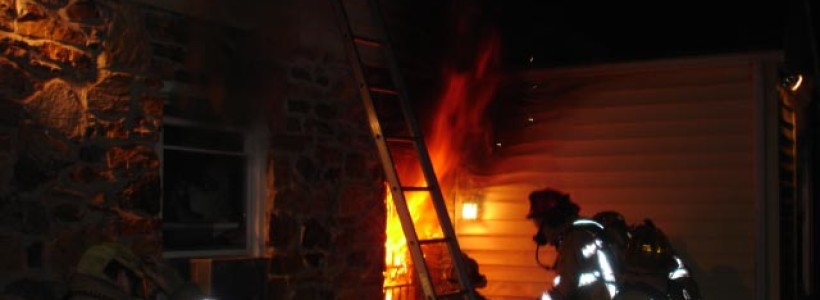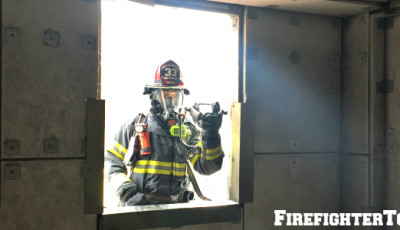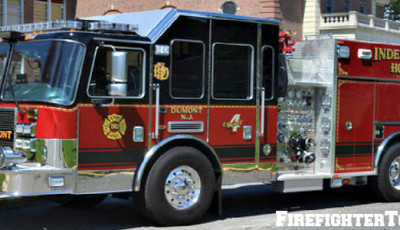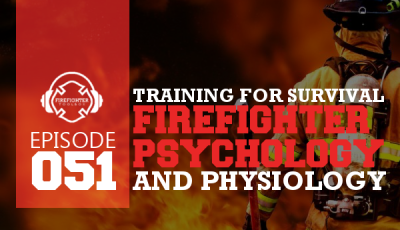Tactical Ventilation – Where to Vent
By Michael R. Rehfeld – Firefightertoolbox.com
I believe we all understand the need for ventilation at structure fires. The confusion tends to come from when, where and how. In my previous articles we discussed some issues and understanding of what happens when we vent. In this article, we will discuss the where to vent.
In order to provide adequate ventilation, we must have the knowledge of the attack plan, fire conditions and a hope at knowing about where the fire is located. If our immediate goal is to advance and attack the fire, then ventilation opposite the attacking hose team is a priority.
If conducting a primary search to locate victims is the immediate goal, then venting as close to the fire is the priority. I say this because life safety venting must take into consideration the anticipated fire spread and attempt to control that spread toward potential search areas. If venting for our safety is the immediate concern, then we must vent to prevent or speed up the condition of flashover or smoke explosion.
Each set of immediate goals are presented in various stages of our suppression operation. Let’s assume we are venting for fire attack as our priority.
Scenario!
You arrive at a single story “ranch” type structure to find a well involved kitchen on the B/C corner of the structure. Heavy smoke under pressure is venting from the A side egress door and fire is showing from a small kitchen window on Side C. As the “outside” vent position or engine officer doing a 360, your primary vent needs are opposite the attack crew.
If heavy dark smoke is issuing from the front door prior to entry, the small window on side C is an inadequate vent point.
The next vent point needs to be the C side of the structure.
If a door or slider is available, when the attack crew is fully prepared for entry (charged line) take the door or slider. This will immediately reduce pressure in the structure significantly. The heat and other crap will move out of the vent point and allow the attack team to move more quickly and safely (without fear of fire overrun). As horizontal ventilation is the quickest, it should in most cases be the first option.
In the next article we will continue to explore the issue of “WHERE” to vent. Until then stay safe, low and educated!












Awesome article
Thanks David!!
Mike
I,m SO HAPPY TO THIS pidg
Your welcome and thanks for the compliment!